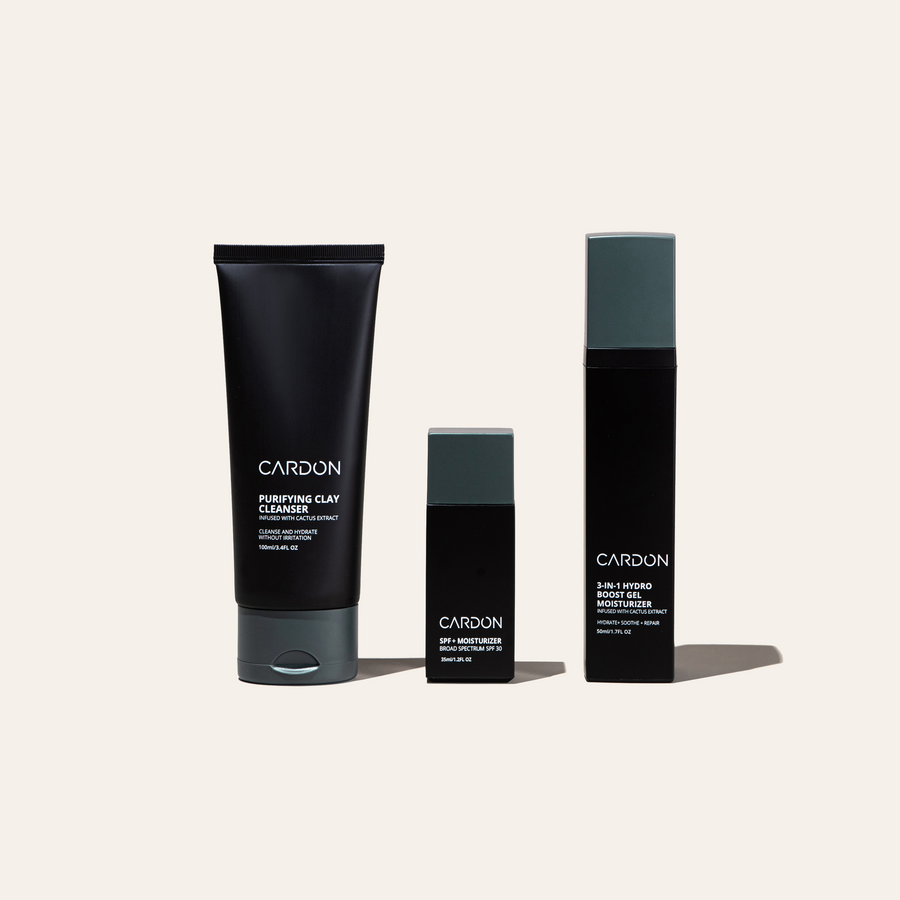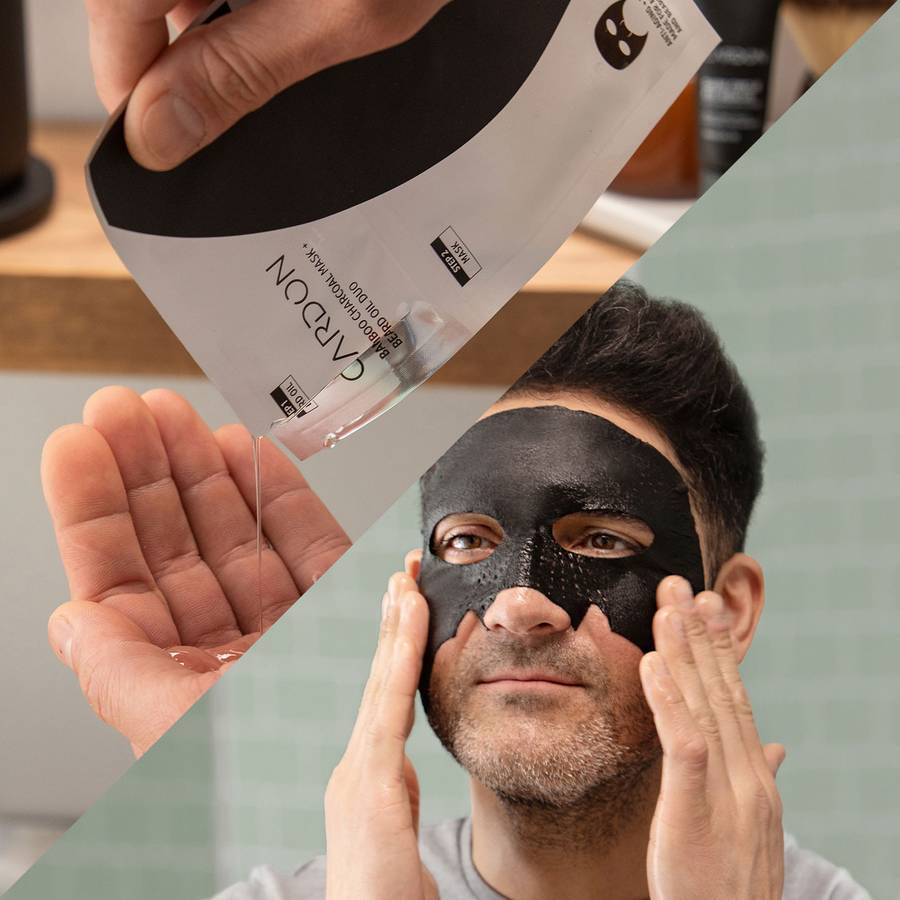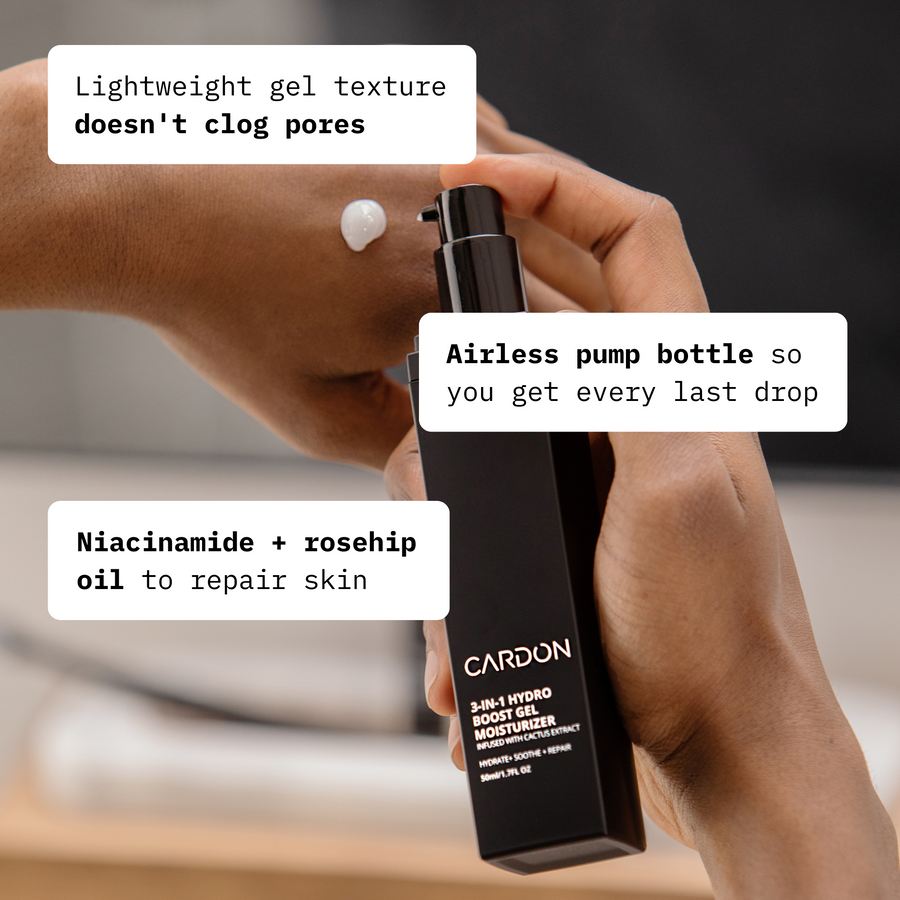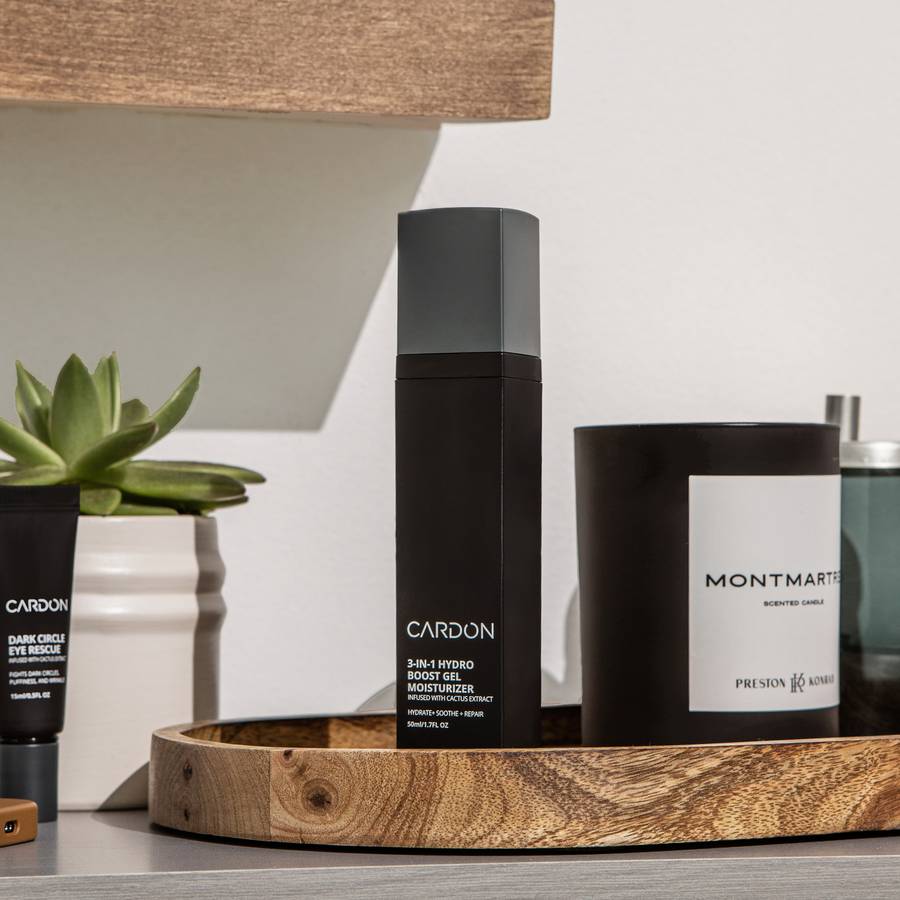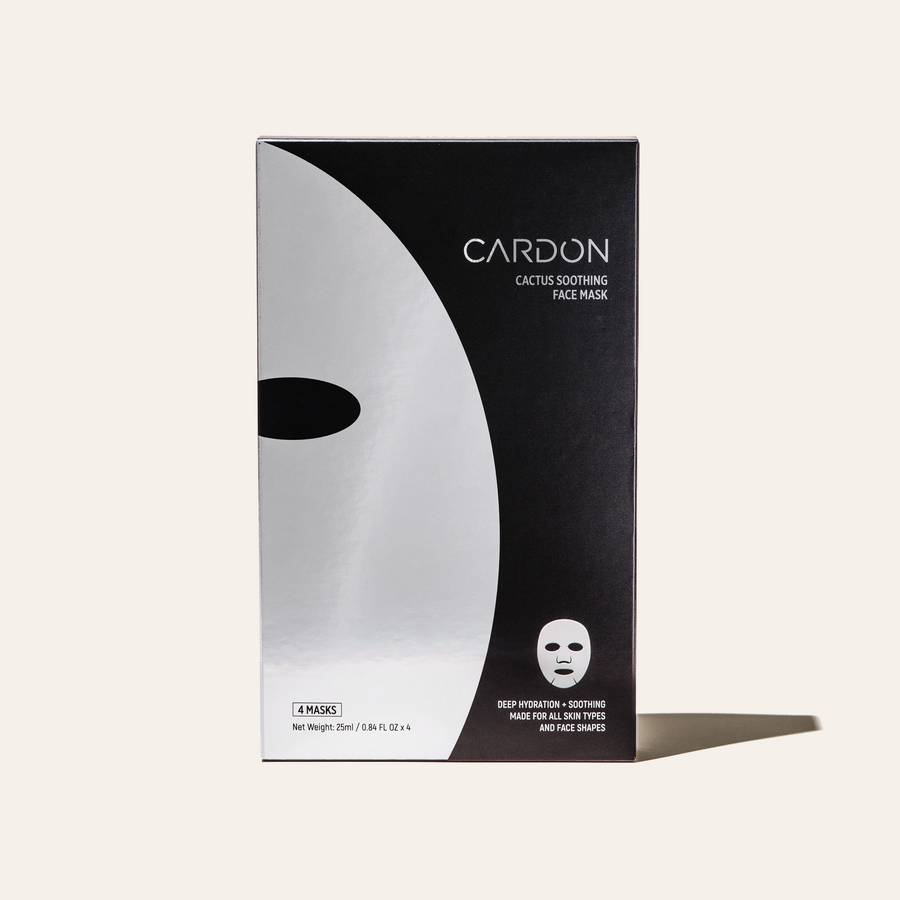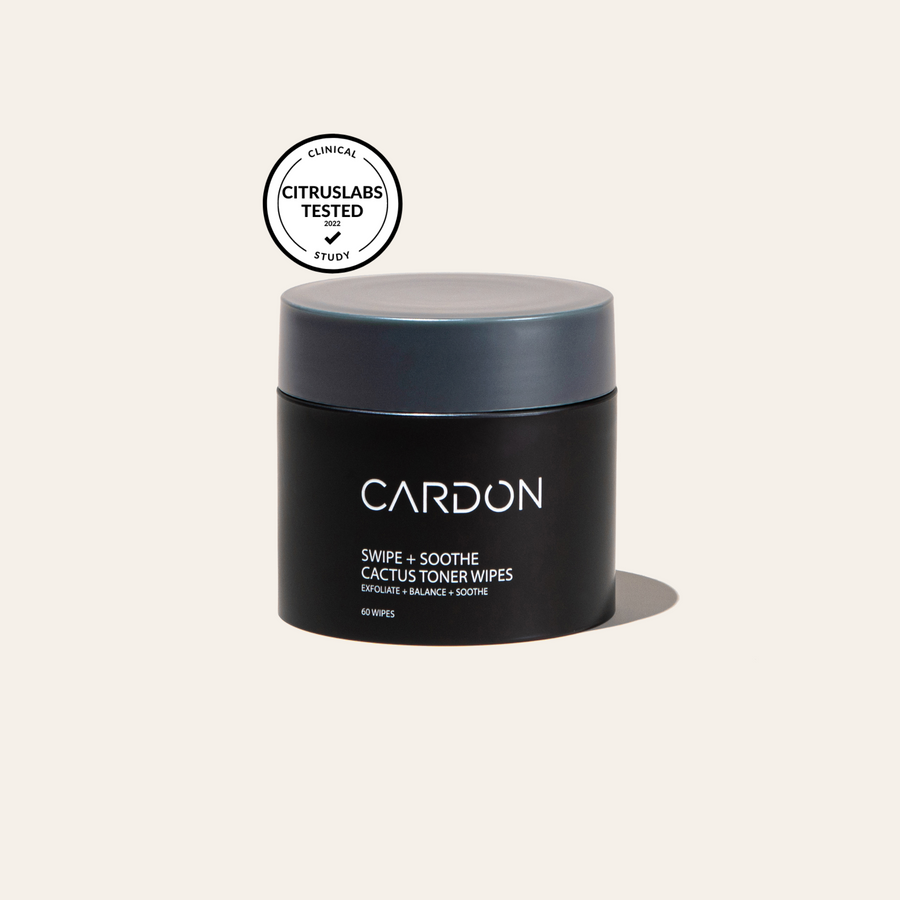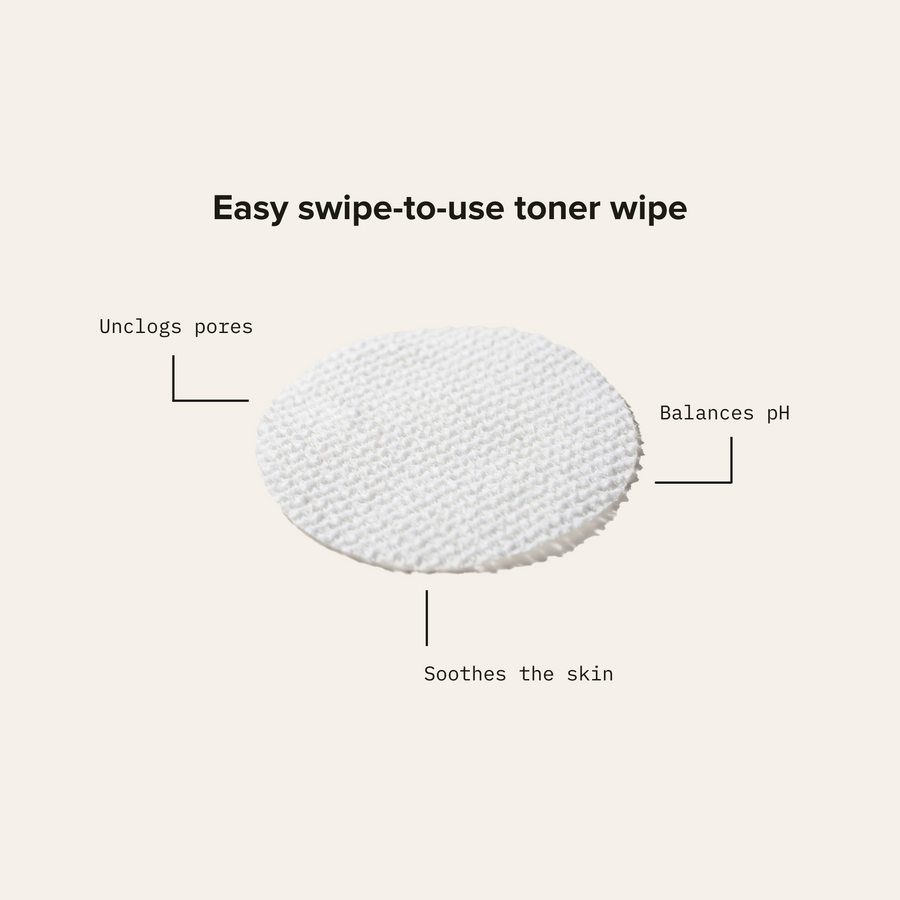How to Prevent Ingrown Hairs

Every so often, a hair decides it doesn’t want to grow out of your skin, but would rather furl up inside the pore and cause you significant pain—not to mention, unsightly inflammation. Some people get ingrown hairs more often than others due to their hair’s curl pattern, while others get them frequently because of a subpar skin or shave regimen.
With a few simple adjustments to these regimens, you can mitigate the problem and hopefully never have to deal with ingrown hairs again. Below is our advice on how to prevent ingrown hairs.
Ways to Prevent Ingrown Hairs

1. Exfoliate regularly
Routine exfoliation is one of the best ways to prevent hairs from getting trapped inside the pores. By removing dead, dry skin from the body (and in turn preventing it from getting trapped in the pore and inflaming the follicle), it is less likely that short hairs will themselves become trapped inside the pore, too. You can choose any means of exfoliation in order to keep skin smooth—from chemical ingredients like salicylic acid to physical scrubs (the latter of which can also help coerce trapped hair out from the pores, in some cases). Speak with your dermatologist about prescription-grade retinol, too, since the Vitamin A derivative accelerates cellular turnover and prevents downstream side effects like acne and ingrowns.
2. Shave with the grain
While it may be true that shaving against the direction of hair growth is what delivers the closest, smoothest shave, it’s also true that this is a recipe for ingrown hairs, since it shaves the shaft of the hair in a way that defies natural emergence from the top layer of skin. So, try shaving with the grain of hair growth (in the direct it is moving) in order to cut the hair the opposite direction and in turn coach it out of the skin. The result will still be smooth and fresh, we promise.
3. Practice pre- and post-shave care
A nourishing pre-shave regimen softens the skin and hairs, and prepares everything for a shave. Typically it involves a warm water wash to open the pores, followed by pre-shave oil to condition everything and to lubricate the skin for a more efficient shave with minimal friction. Some people often choose to use a physical scrub after the warm splash, too, in order to lift away any lingering dead skin cells.
A post-shave regimen starts with a cold splash of water to close the pores, followed by a toner and/or aftershave balm to calm skin and neutralize bacteria. This helps to prevent any additional redness on the skin or swelling beneath it, which would otherwise aggravate ingrown hairs.
4. Consider changing razors
If you’re constantly getting ingrowns with your current shaving regimen, then the razor might be the problem. Most ingrown-prone guys will drop their cartridge razor in favor of safety razor blades, which cut through thicker hairs more efficiently, and which also use a single blade to do so (as opposed to dragging 2-6 razors over top the skin and dragging all those extra cells and clippings). Also, if you are in a hurry or if you don’t mind sporting five o’clock shadow at the end of every day, then consider switching to an electric razor, which won’t cut hairs below the surface of the skin. (Translation: Hairs can’t get trapped inside the skin, so no more ingrown hairs.) If you’re precious about having smooth skin as often as possible, then an electric razor may not be for you every day, though we still think it’s important for every guy to have at the ready, given how efficient and problem-free they are.
5. Practice better razor hygiene
Dull razors can’t give you the efficient, clean cut you deserve. That’s why it’s important to swap out each blade after 6-8 uses, or after 2-3 weeks from the first use (whichever of those two scenarios comes first). The latter is more for hygienic reasons, which is important in and of itself, but any dull blade is going to cause extra drag and razor burn, and will exponentially increase the odds of ingrowns—no matter if it’s a cartridge or safety razor. So, swap it out regularly. And be sure to give it a thorough rinse between strokes and after each use, then let it dry completely in a cool, dry place before storing it away until your next shave. All of these steps will ensure that your blade stays clean and sharp as long as needed (even if it’s just 2 weeks).
Shop the Collection
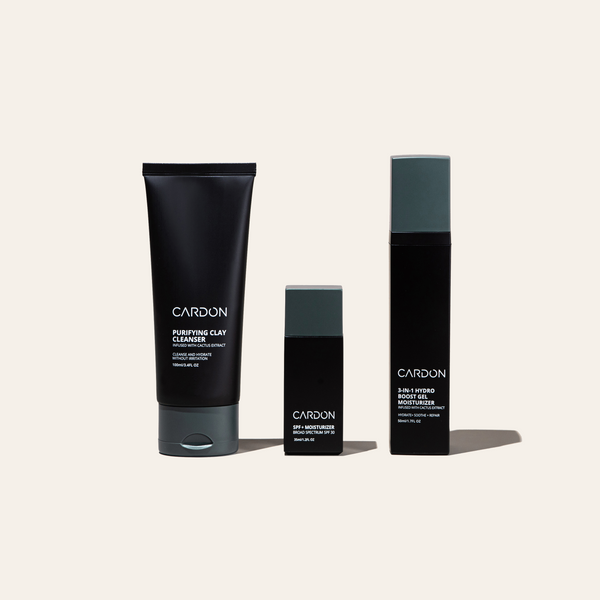
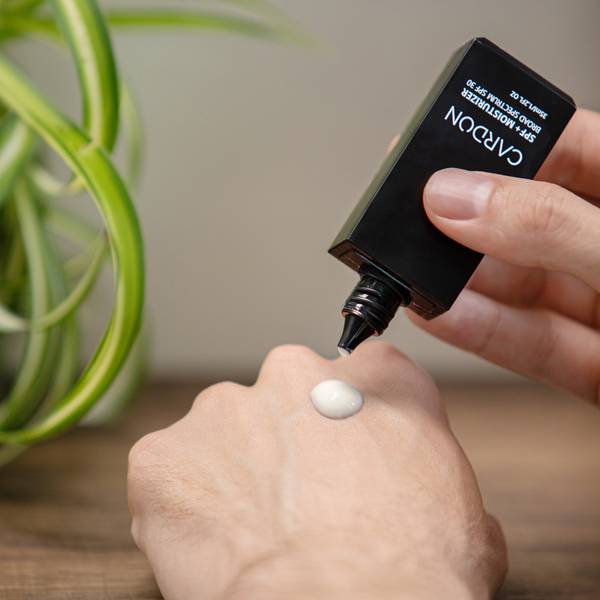
Beginners
Essentials Skincare Set
good for:
Everything you need, nothing you don’t—the Essentials Set is your skincare starter pack. Just cleanse, moisturize, and protect. We took the guesswork out of developing a skincare routine. This is all you need for everyday skin health.
Includes Steps:
- 01 Purifying Clay Cleanser
- 02 Daily SPF + Moisturizer
- 03 Hydro Boost Gel Moisturizer
Never go empty! Subscribe + Save 10%
Essentials Skincare Set
good for:
Everything you need, nothing you don’t—the Essentials Set is your skincare starter pack. Just cleanse, moisturize, and protect. We took the guesswork out of developing a skincare routine. This is all you need for everyday skin health.
Includes Steps:
- 01 Purifying Clay Cleanser
- 02 Daily SPF + Moisturizer
- 03 Hydro Boost Gel Moisturizer
Never go empty! Subscribe + Save 10%


Dry Skin Set
good for:
Skin feeling a bit thirsty? The Dry Skin Set was crafted specifically for those with a dry skin type.
If you deal with flakiness, dull complexion, visible fine lines, red patches, or any combination of the above, this set was made for you. This is all you need to hydrate your skin—and keep it hydrated.
Includes Steps:
- 01
- 02 Dark Circle Eye Rescue
- 03 Daily SPF + Moisturizer
- 04 Hydro Boost Gel Moisturizer
- 05 Cactus Soothing Face Mask
Never go empty! Subscribe + Save 10%
Dry Skin Set
good for:
Skin feeling a bit thirsty? The Dry Skin Set was crafted specifically for those with a dry skin type.
If you deal with flakiness, dull complexion, visible fine lines, red patches, or any combination of the above, this set was made for you. This is all you need to hydrate your skin—and keep it hydrated.
Includes Steps:
- 01
- 02 Dark Circle Eye Rescue
- 03 Daily SPF + Moisturizer
- 04 Hydro Boost Gel Moisturizer
- 05 Cactus Soothing Face Mask
Never go empty! Subscribe + Save 10%


Hydro Boost Gel Moisturizer
good for:
Like a night cap for your skin, our Hydro Boost Gel Moisturizer is the ideal way to finish your evening.
This 3-in-1 gel moisturizer uses Cactus Extract and Rosehip Oil to put in the work while you snooze—hydrating, soothing, and repairing your skin all night long.
“This easily became part of my nightly routine. I've started to notice my face looking healthier and smoother. As a 32 y/o, you start to notice wrinkles creeping in, this helps me keep them at bay.” - Andrew S.
Hydro Boost Gel Moisturizer
good for:
Like a night cap for your skin, our Hydro Boost Gel Moisturizer is the ideal way to finish your evening.
This 3-in-1 gel moisturizer uses Cactus Extract and Rosehip Oil to put in the work while you snooze—hydrating, soothing, and repairing your skin all night long.
“This easily became part of my nightly routine. I've started to notice my face looking healthier and smoother. As a 32 y/o, you start to notice wrinkles creeping in, this helps me keep them at bay.” - Andrew S.


Cactus Soothing Face Mask
good for:
Everyone deserves some self-care time—may we recommend Cactus Soothing Face Mask and chill?
This immediate hydration boost is supercharged with healing ingredients like Cactus Extract and Cica to soothe redness and irritation while reducing fine lines. Perfect for a post-shave treatment or whenever you need a moment for you.
“Stress and late nights working have left my skin looking a bit rough, but this mask was perfect for some at-home spa relaxation. My skin definitely looks a lot more moisturized and refreshed.” - Melody C.
Cactus Soothing Face Mask
good for:
Everyone deserves some self-care time—may we recommend Cactus Soothing Face Mask and chill?
This immediate hydration boost is supercharged with healing ingredients like Cactus Extract and Cica to soothe redness and irritation while reducing fine lines. Perfect for a post-shave treatment or whenever you need a moment for you.
“Stress and late nights working have left my skin looking a bit rough, but this mask was perfect for some at-home spa relaxation. My skin definitely looks a lot more moisturized and refreshed.” - Melody C.


GIFT
Bamboo Charcoal Sheet Mask + Beard Oil
good for:
Often imitated, never duplicated, this innovative sheet mask is the first of its kind and an Ask Men Grooming award winner in the Best Sheet Mask category!
Half mask, half beard treatment, the Bamboo Charcoal Sheet Mask + Beard Oil gives each section of skin (and beard) just what it needs: A detoxifying, hydrating charcoal-infused mask for your skin and a nourishing beard oil blend for the ultimate beard care. Plus, the mask is designed with expandable nose slits to fit any face size and shape.
“I really enjoyed this face mask from Cardon. The beard oil applies easily and the half mask for your cheeks, nose, and forehead fits well and stays in place. My skin looks and feels great after removing the mask. Well done, Cardon!” - Tyler S.
Bamboo Charcoal Sheet Mask + Beard Oil
good for:
Often imitated, never duplicated, this innovative sheet mask is the first of its kind and an Ask Men Grooming award winner in the Best Sheet Mask category!
Half mask, half beard treatment, the Bamboo Charcoal Sheet Mask + Beard Oil gives each section of skin (and beard) just what it needs: A detoxifying, hydrating charcoal-infused mask for your skin and a nourishing beard oil blend for the ultimate beard care. Plus, the mask is designed with expandable nose slits to fit any face size and shape.
“I really enjoyed this face mask from Cardon. The beard oil applies easily and the half mask for your cheeks, nose, and forehead fits well and stays in place. My skin looks and feels great after removing the mask. Well done, Cardon!” - Tyler S.


Exfoliating Facial Toner Wipes
good for:
After a long, busy day you just want to sit back, relax, and crack open—our biodegradable Exfoliating Facial Toner Wipes.
Wipe the stress and grime away with our Exfoliating Facial Toner Wipes, which use PHAs and caffeine to unclog pores, balance pH, and soothe the skin all in one easy step. No water needed.
Due to demand, this product is temporarily out of stock. Click "Notify Me" below to be the first to know when it's back!
Exfoliating Facial Toner Wipes
good for:
After a long, busy day you just want to sit back, relax, and crack open—our biodegradable Exfoliating Facial Toner Wipes.
Wipe the stress and grime away with our Exfoliating Facial Toner Wipes, which use PHAs and caffeine to unclog pores, balance pH, and soothe the skin all in one easy step. No water needed.
Due to demand, this product is temporarily out of stock. Click "Notify Me" below to be the first to know when it's back!

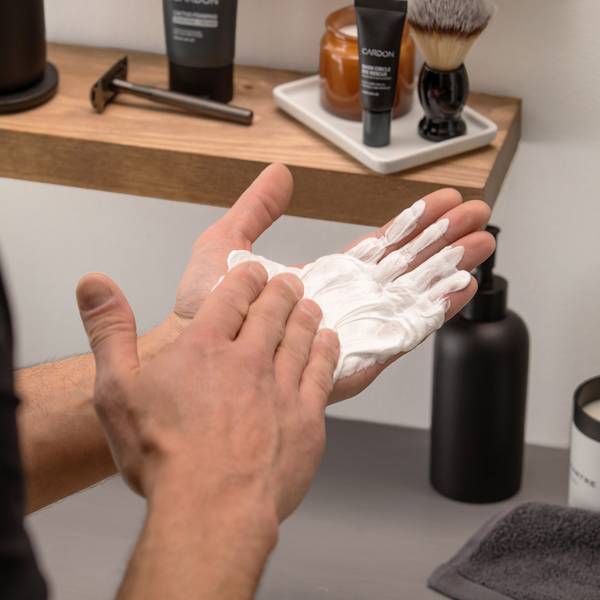
Cactus Foaming Shaving Cream
good for:
This bathroom cabinet staple is a cut above the rest. The Cactus Foaming Shaving Cream for men delivers a close, comfortable shave every time—without having to worry about nicks, razor burns, irritation, and ingrowns.
Our rich foam uses Cactus Extract and Chamomile to create a cushion-like layer to soothe the skin. Plus, you’ll shave some time since this also doubles as a face cleanser.
Due to demand, this product is temporarily out of stock. Click "Notify Me" below to be the first to know when it's back!
Cactus Foaming Shaving Cream
good for:
This bathroom cabinet staple is a cut above the rest. The Cactus Foaming Shaving Cream for men delivers a close, comfortable shave every time—without having to worry about nicks, razor burns, irritation, and ingrowns.
Our rich foam uses Cactus Extract and Chamomile to create a cushion-like layer to soothe the skin. Plus, you’ll shave some time since this also doubles as a face cleanser.
Due to demand, this product is temporarily out of stock. Click "Notify Me" below to be the first to know when it's back!
Cardon Products Are
Easy to Use
We never create two products when we can achieve the same results with one. Cardon products are designed to be easy to use every day.
Backed By Korean Innovation
Korean R&D is two decades ahead of the rest of the world. Cardon products use the highest quality, most effective ingredients out there.
Non-Toxic
Finally, an ingredient label you can feel good about. Every ingredient in Cardon products is good for your skin, and easy on the mind.


